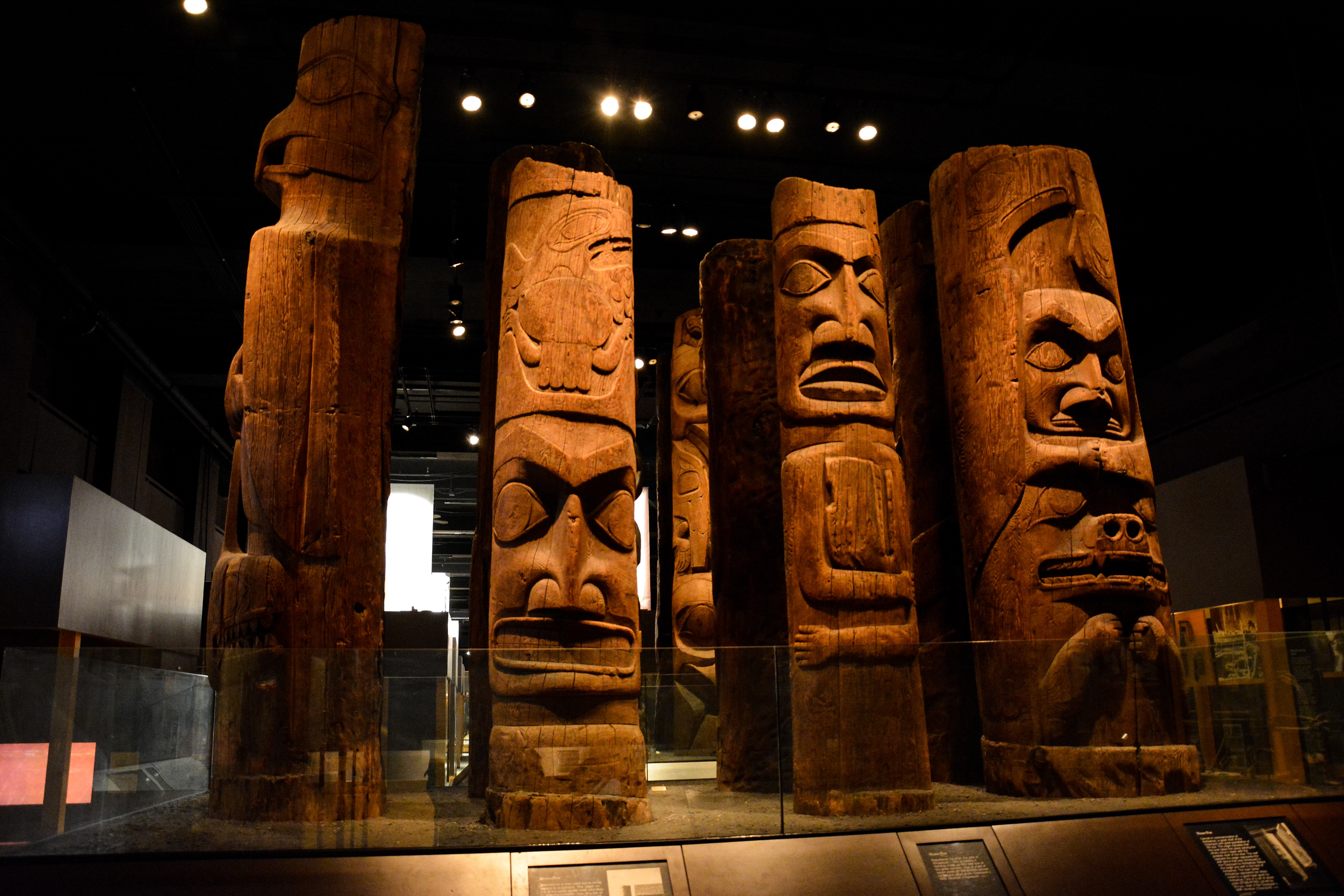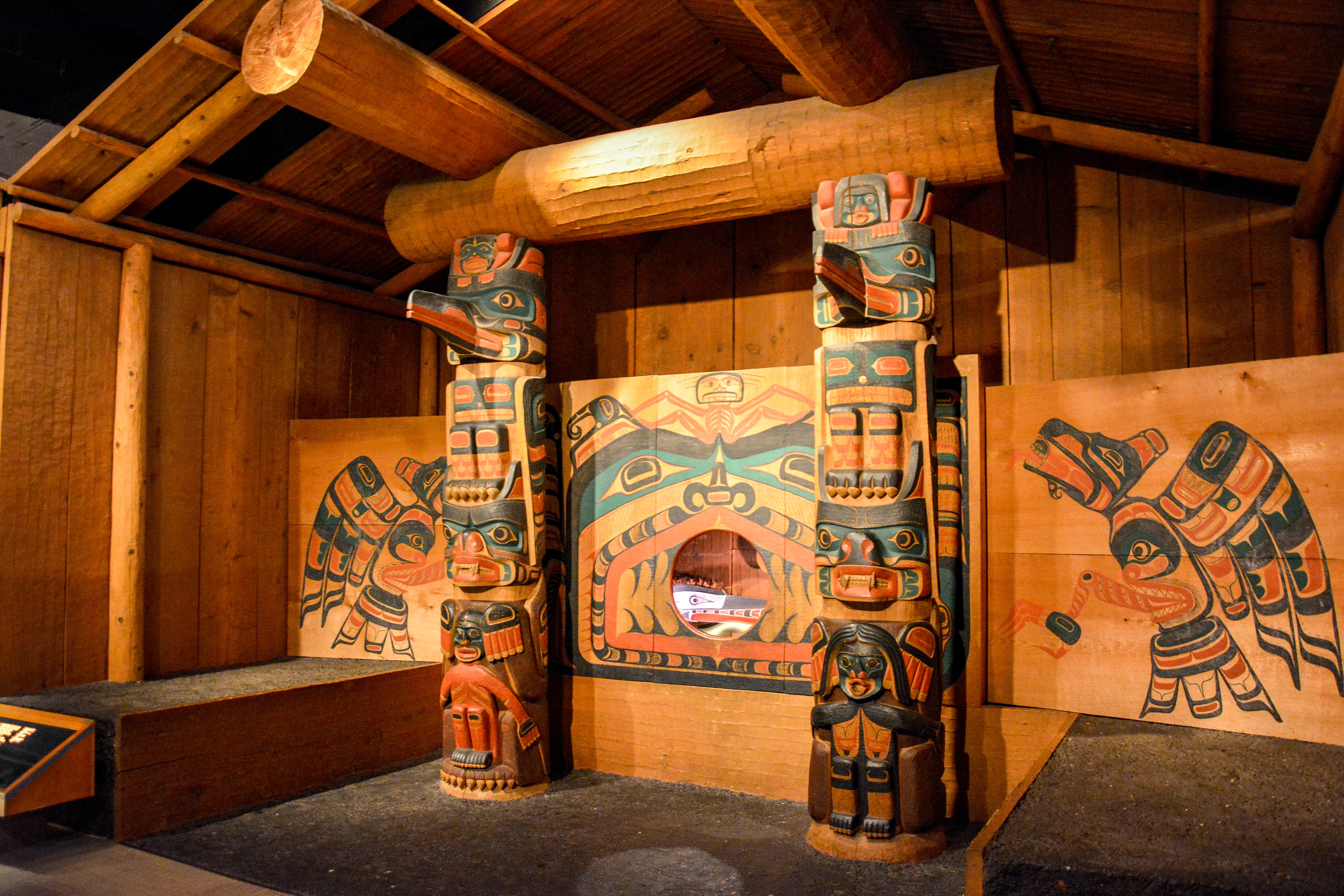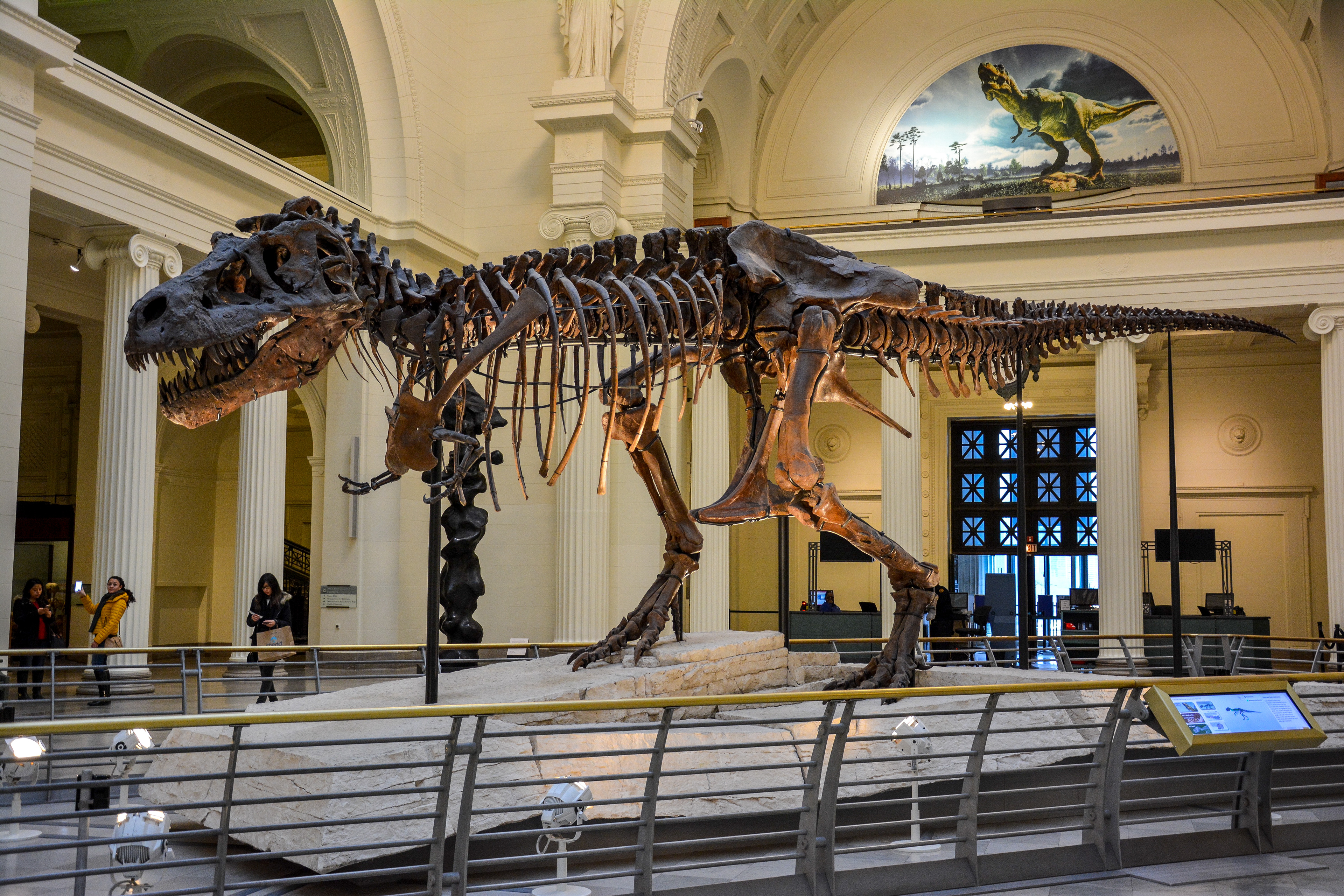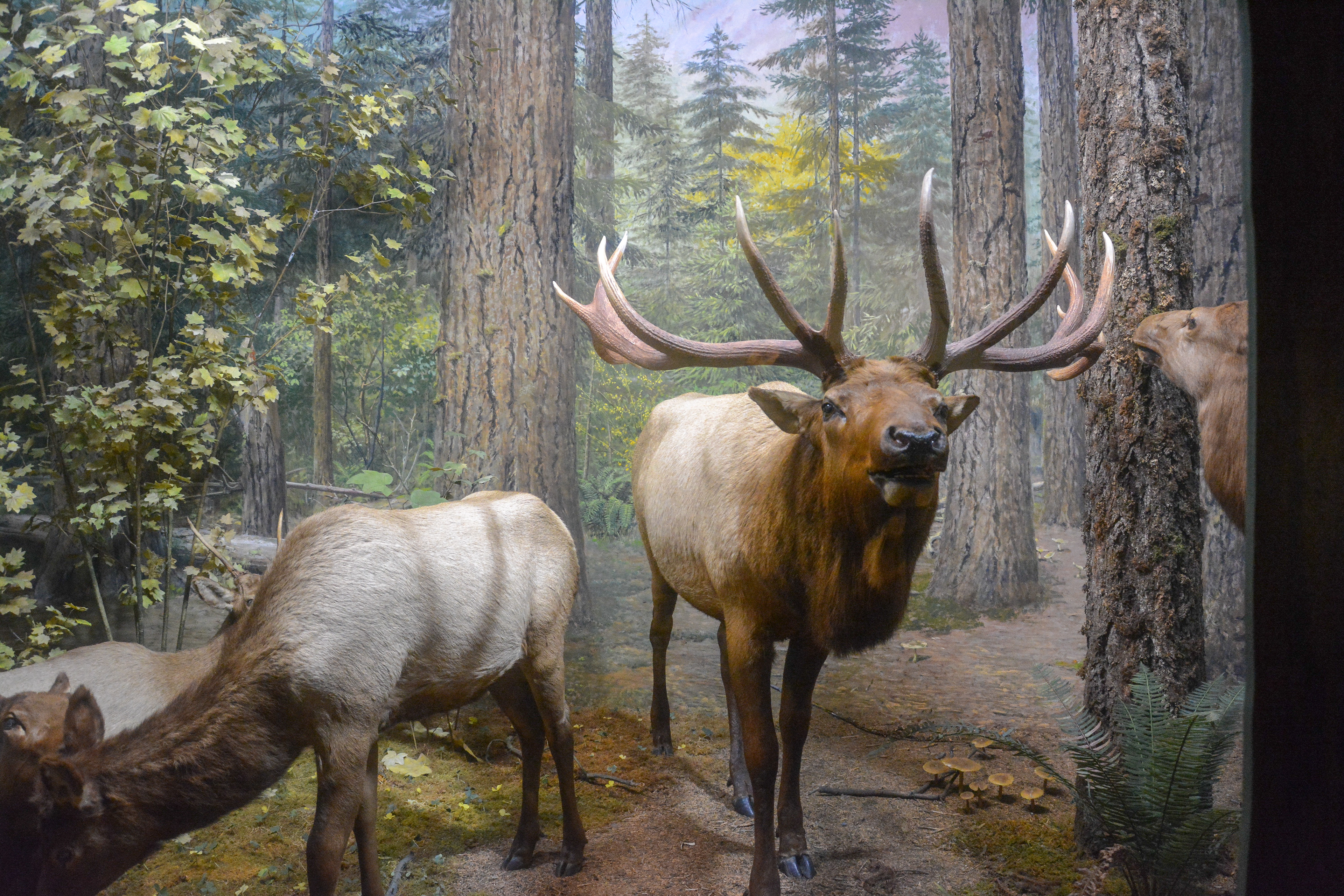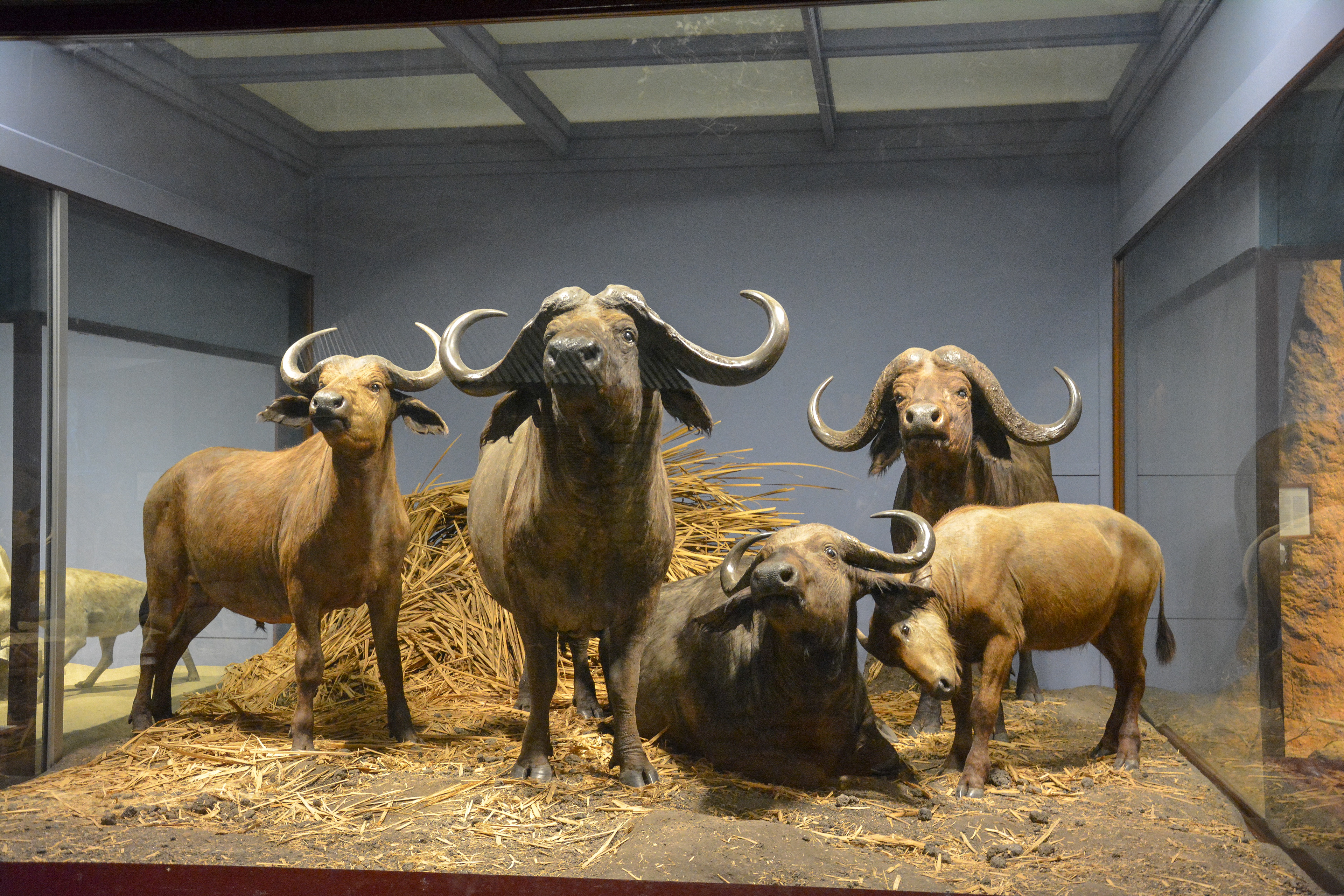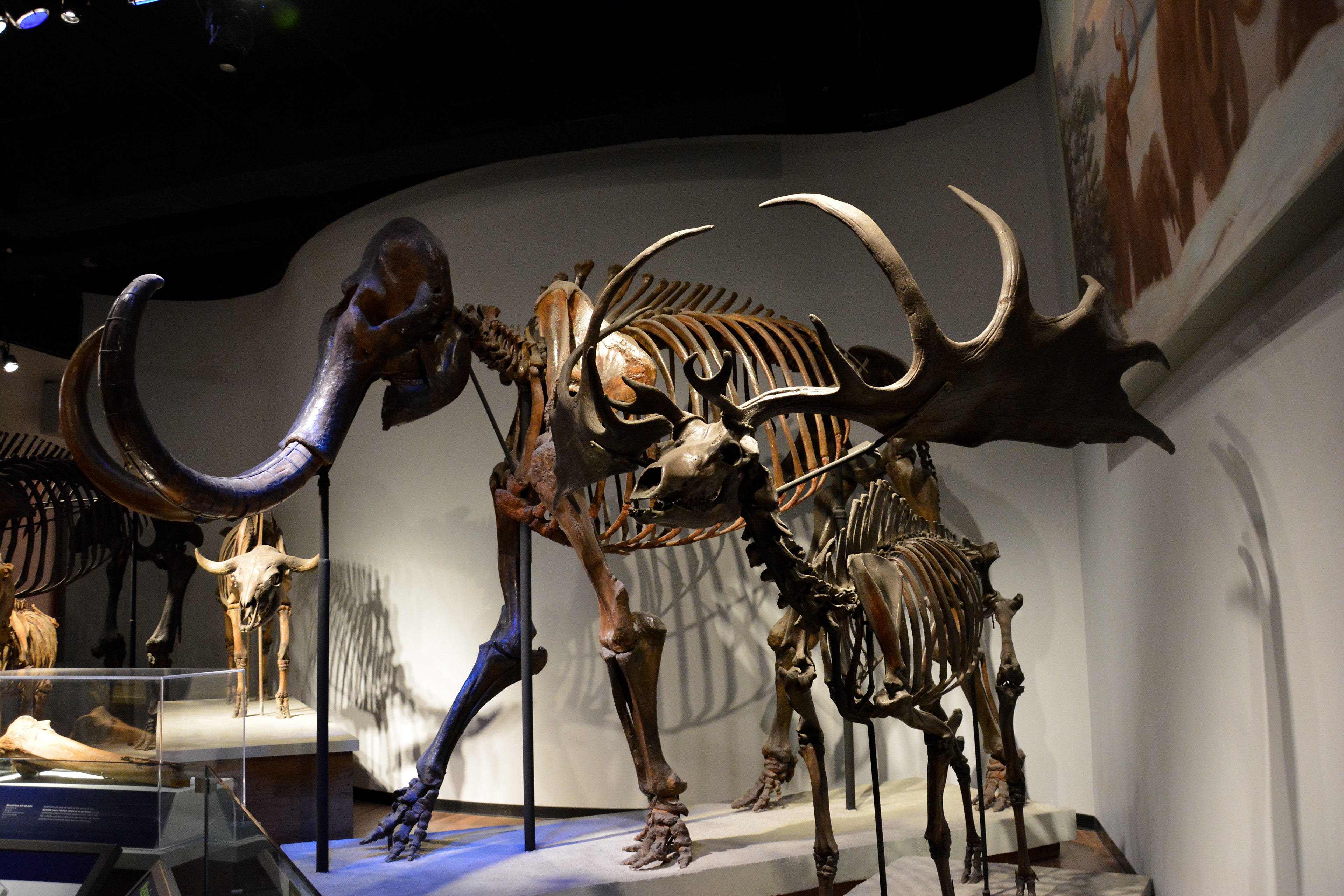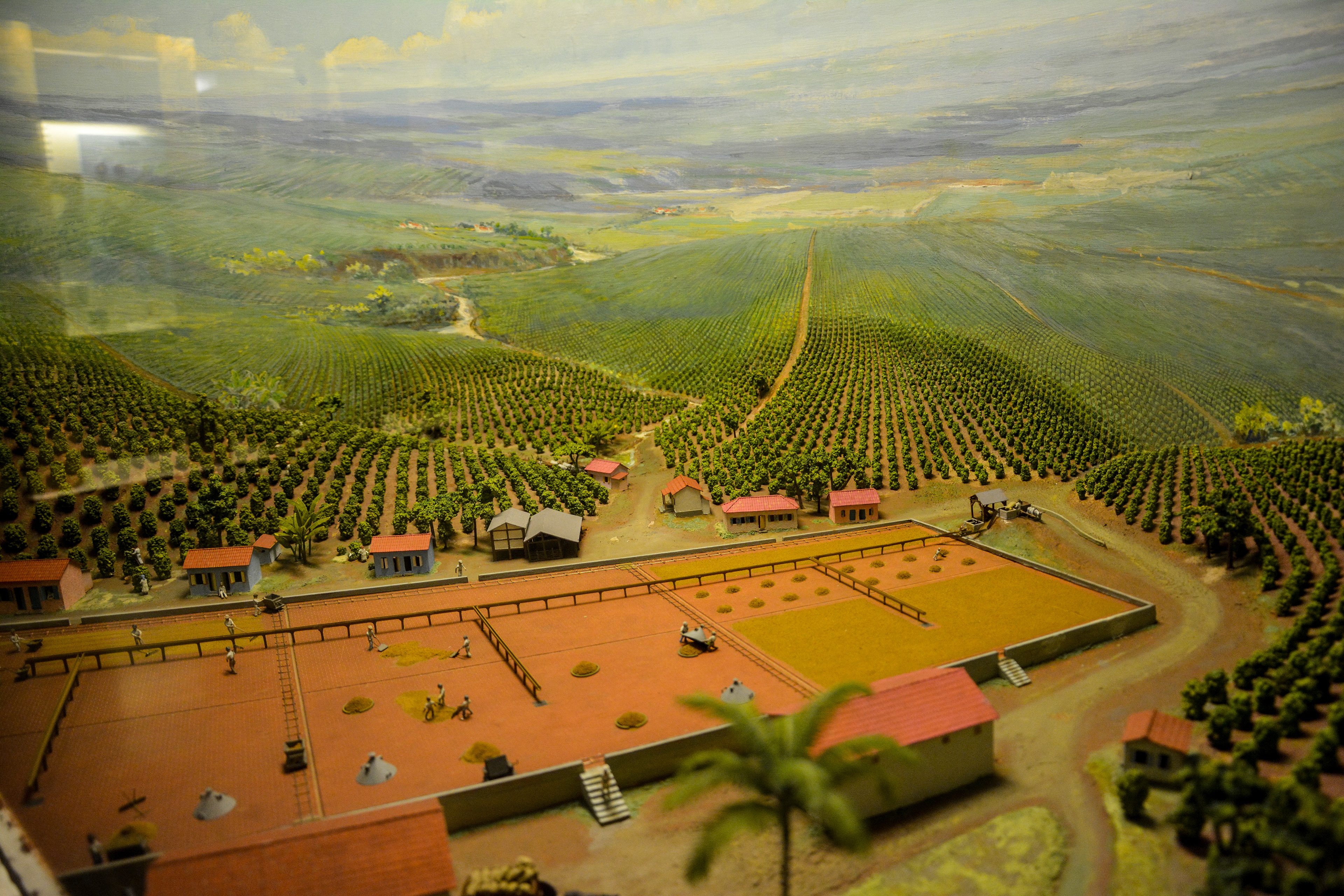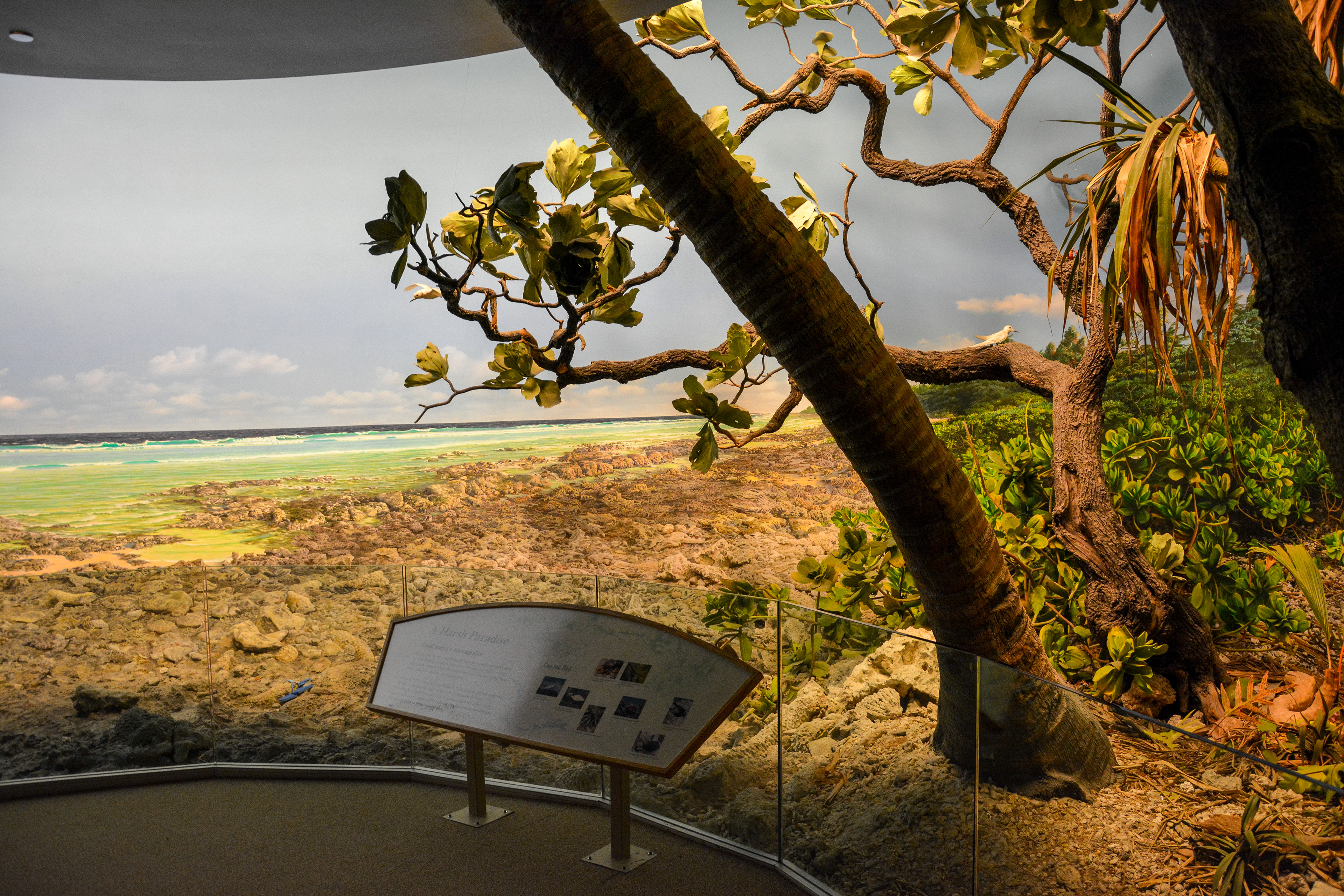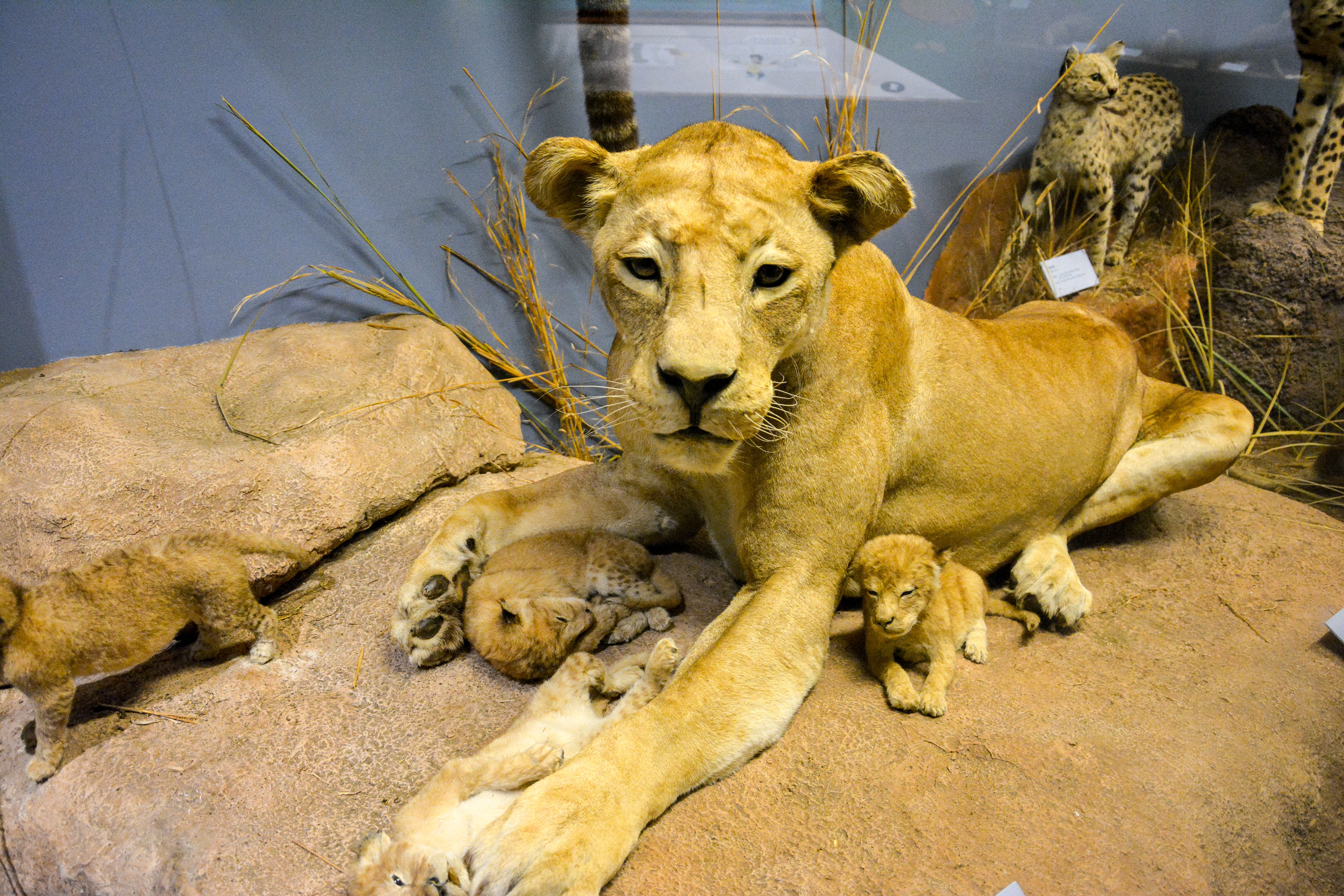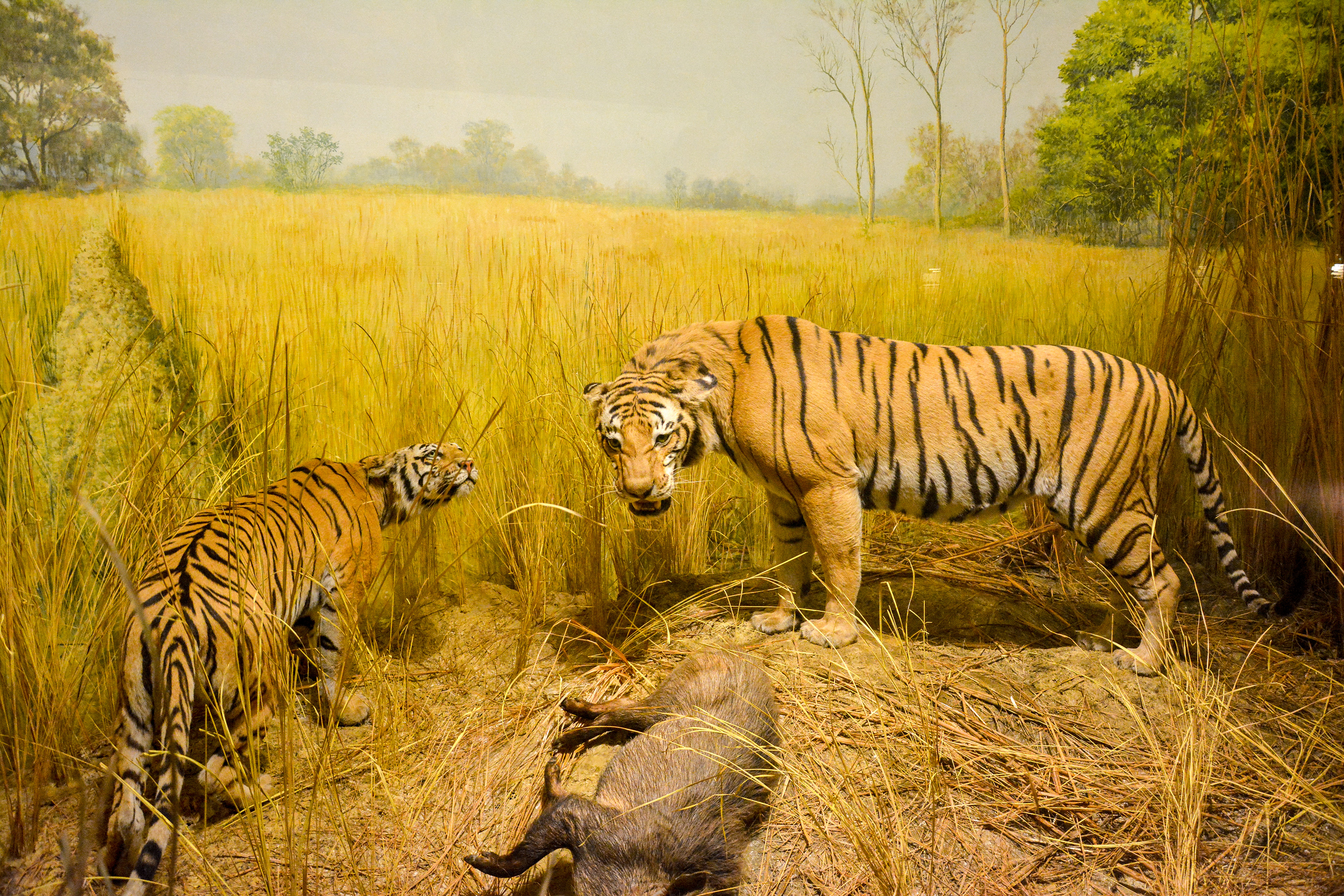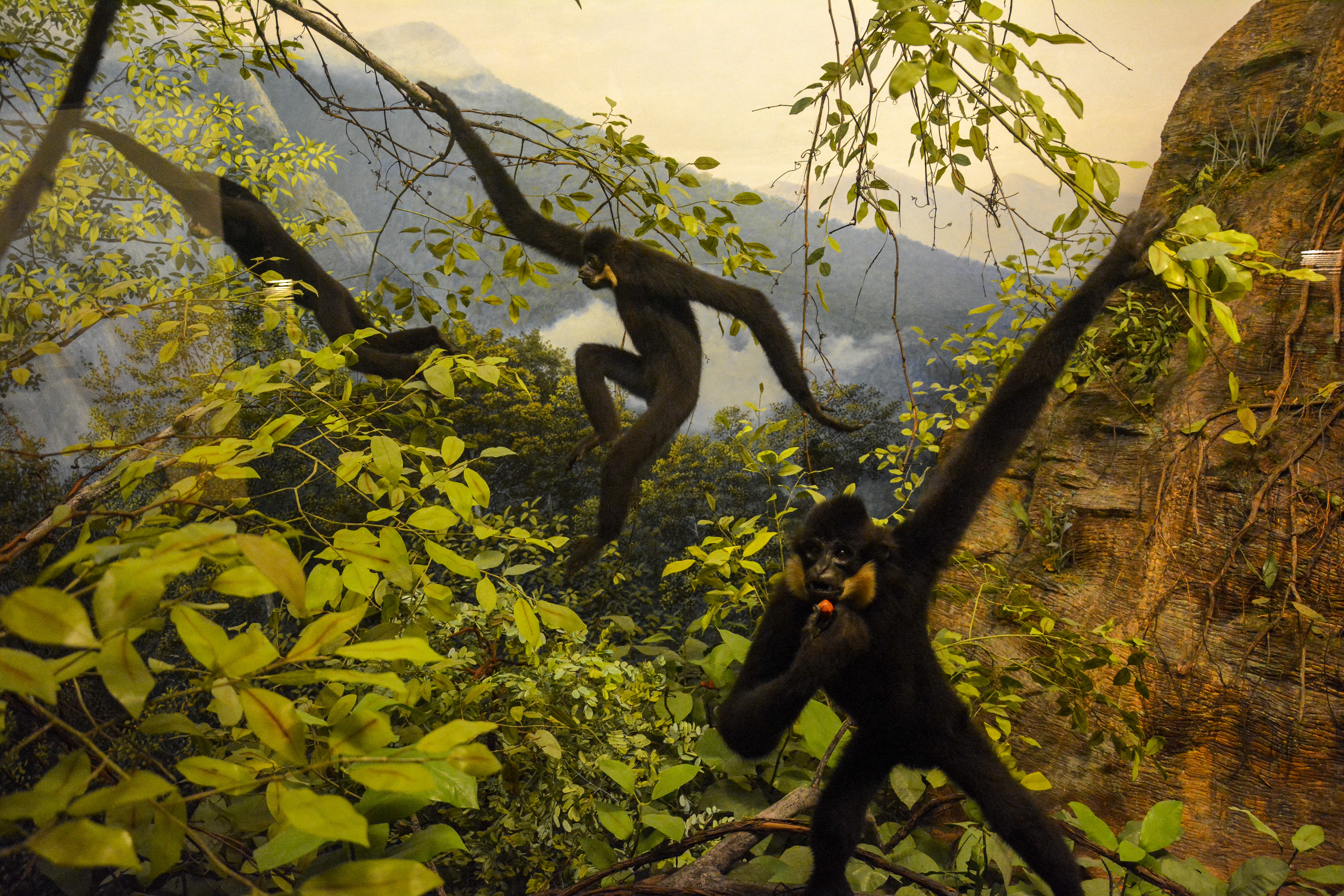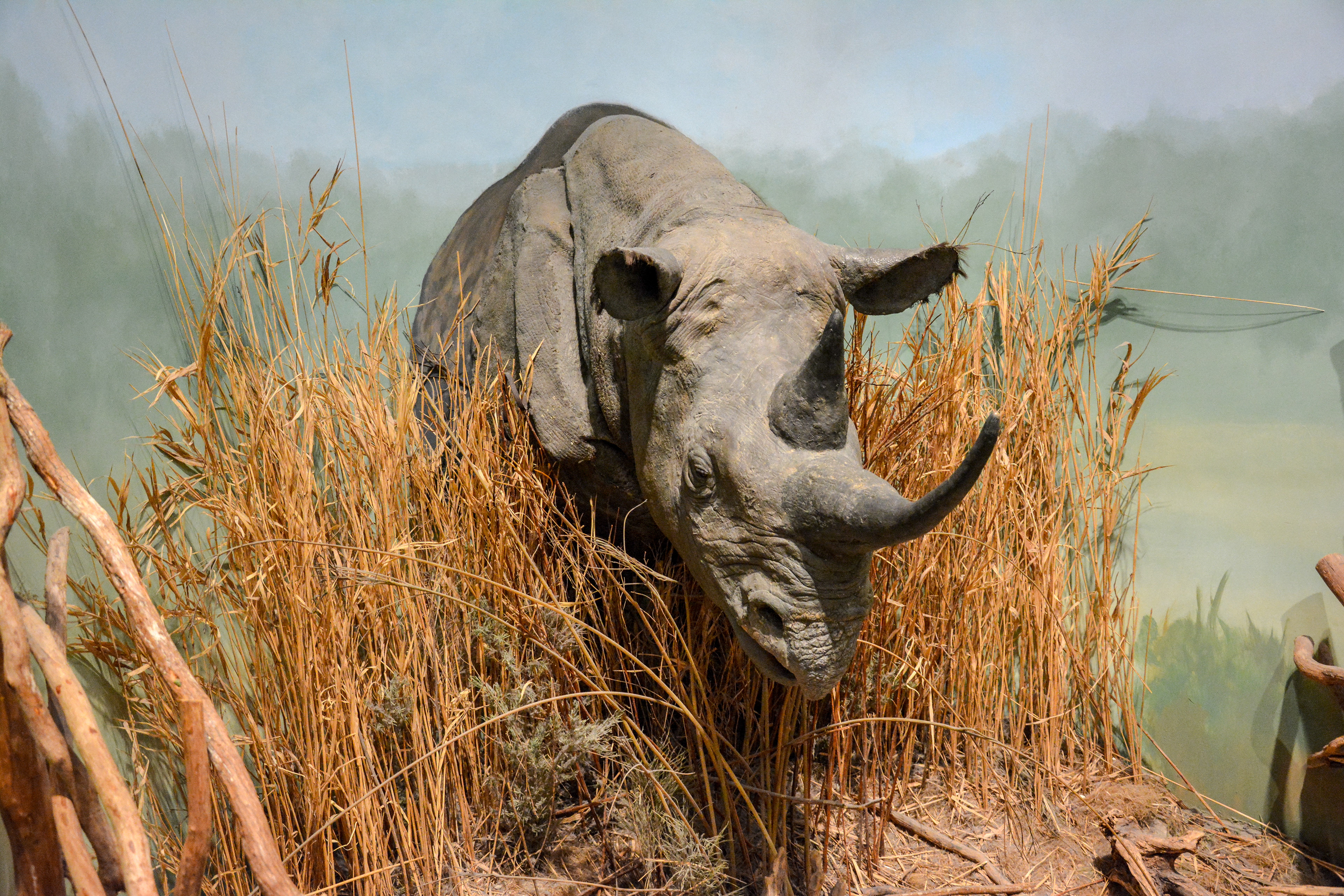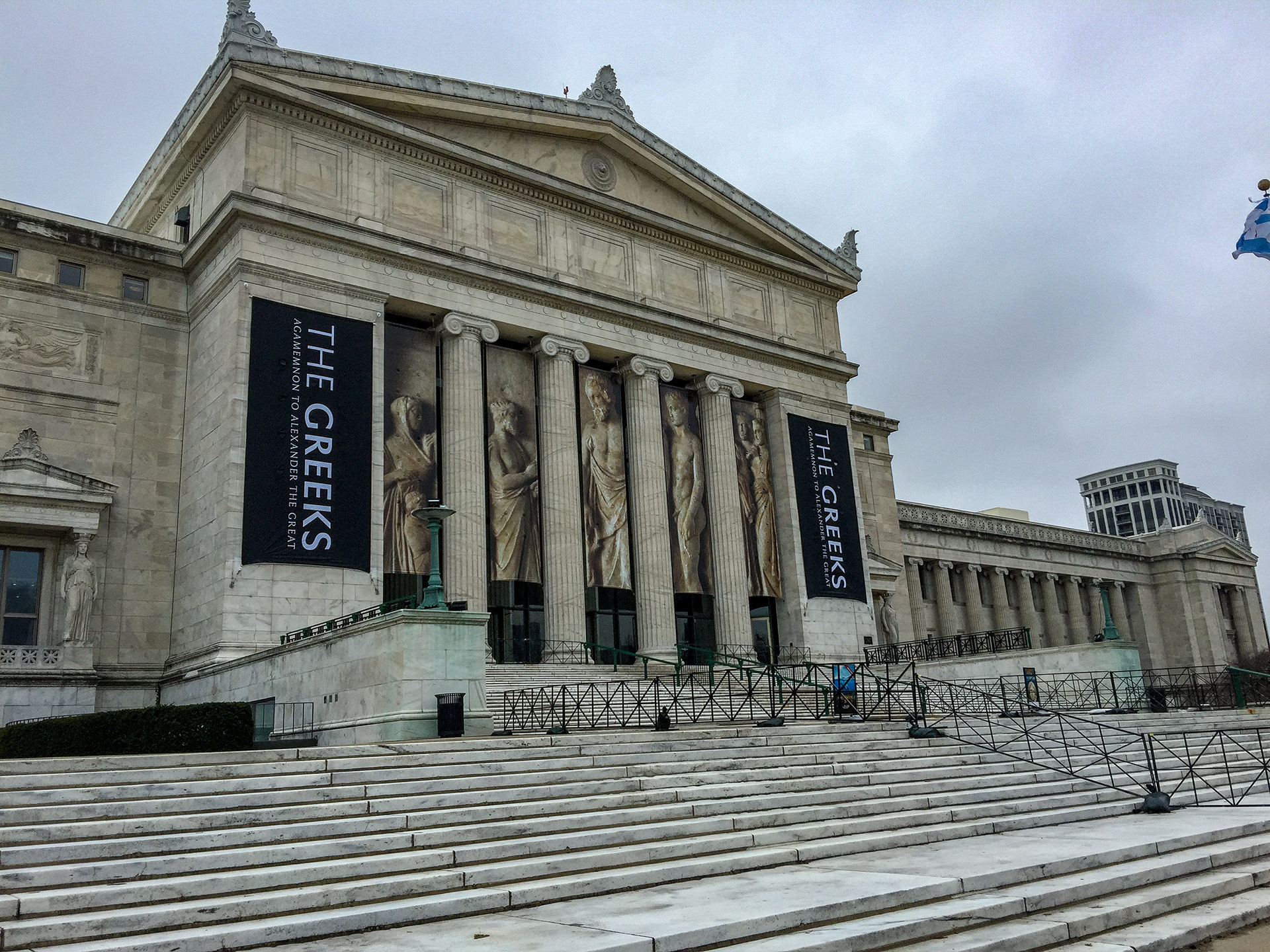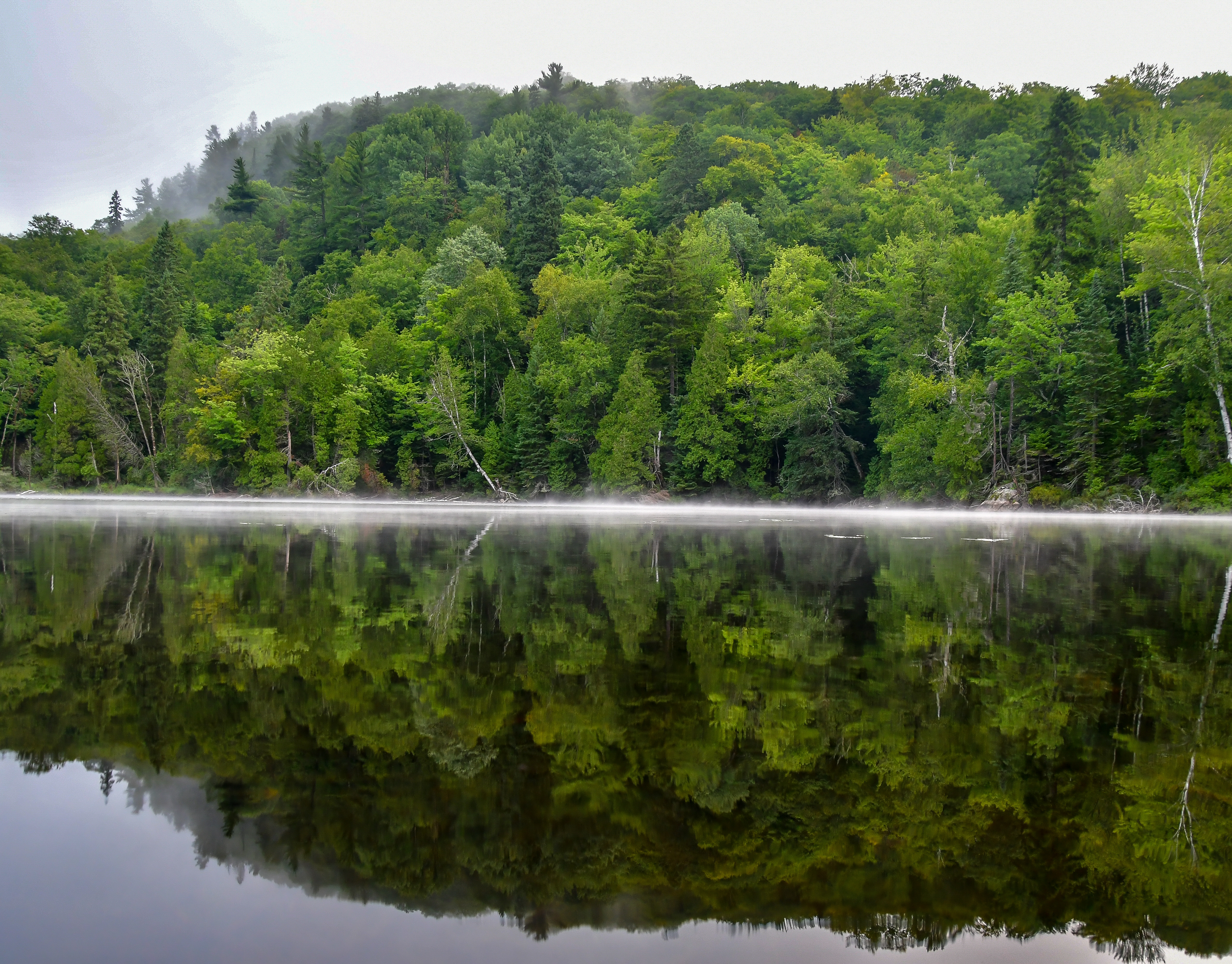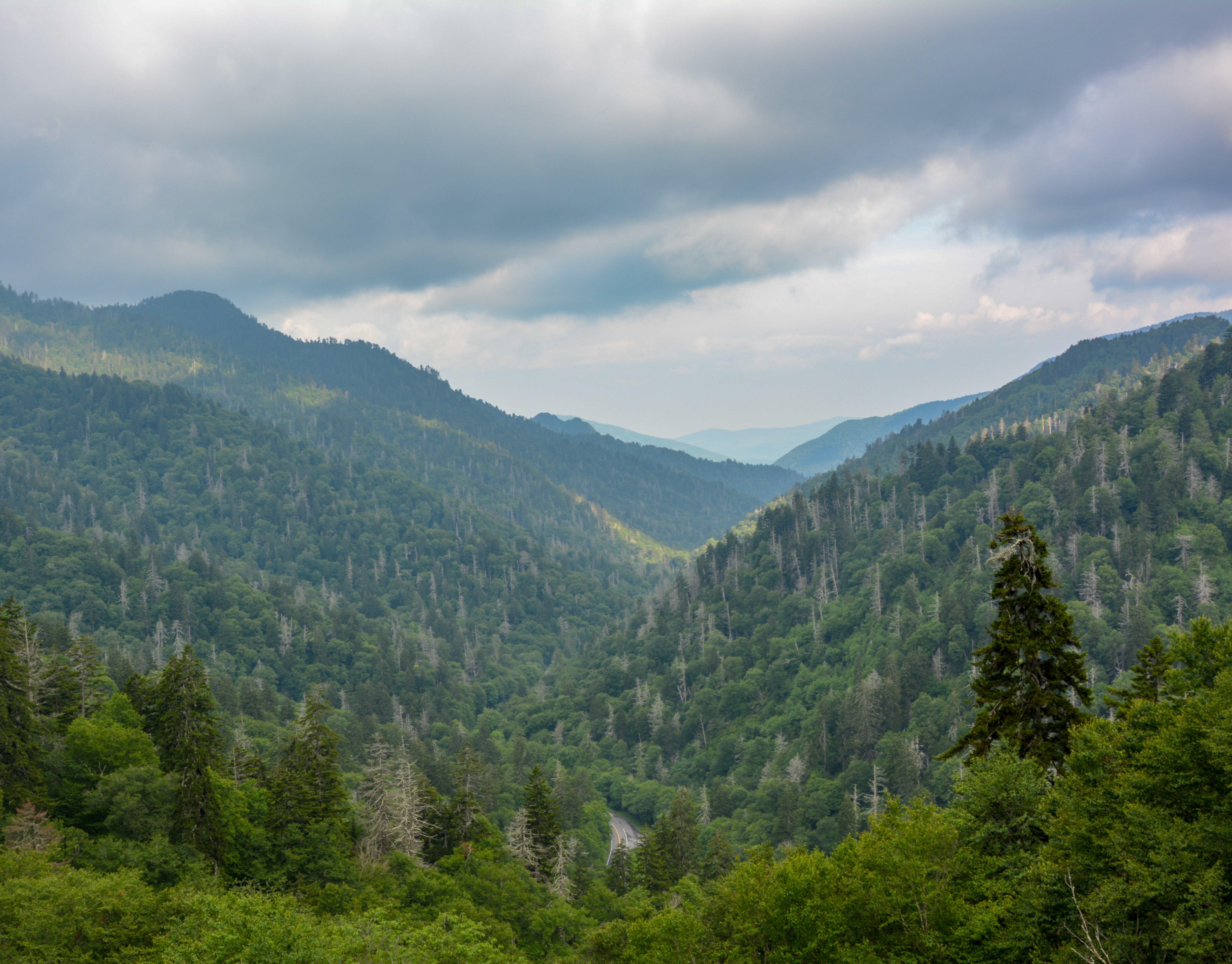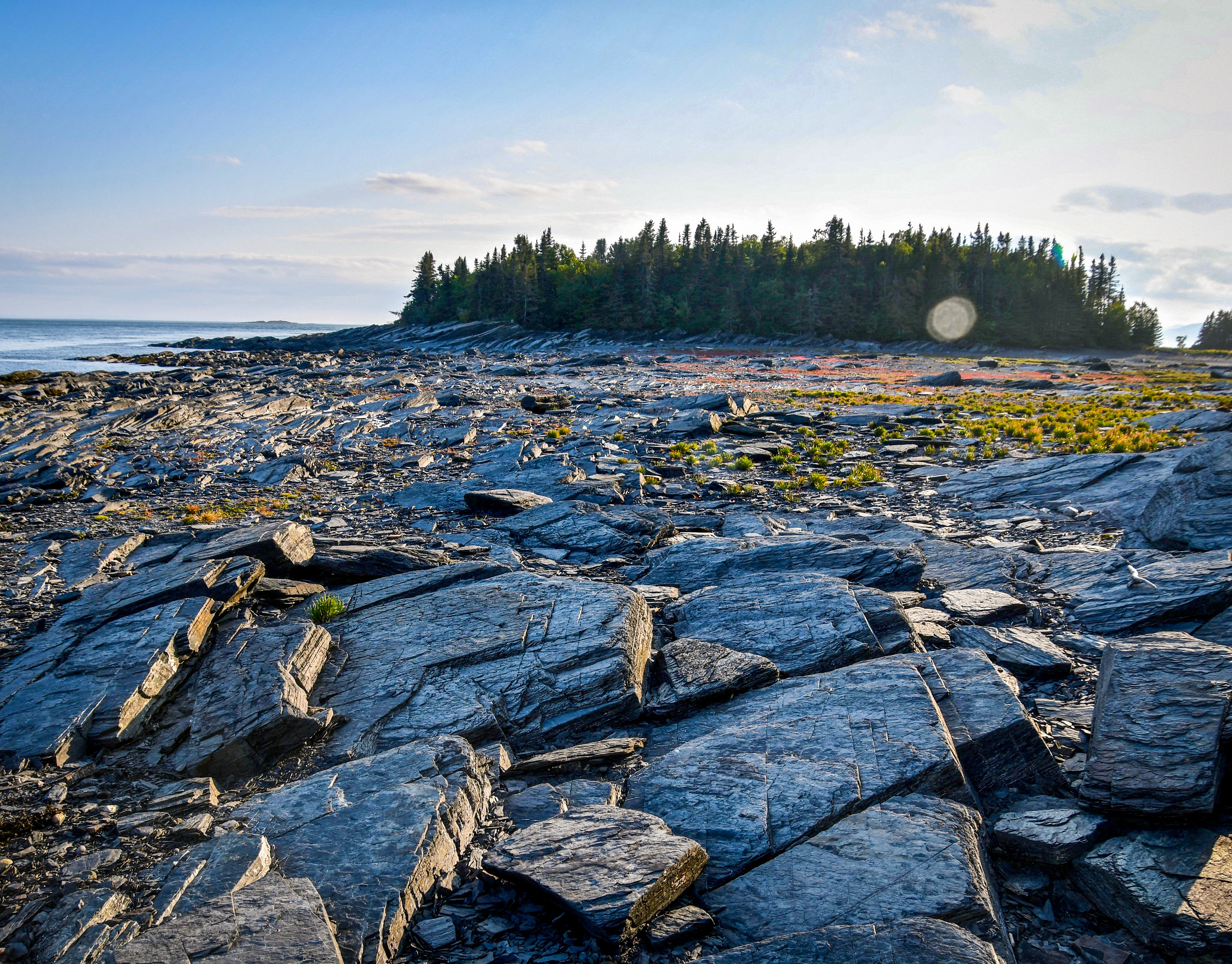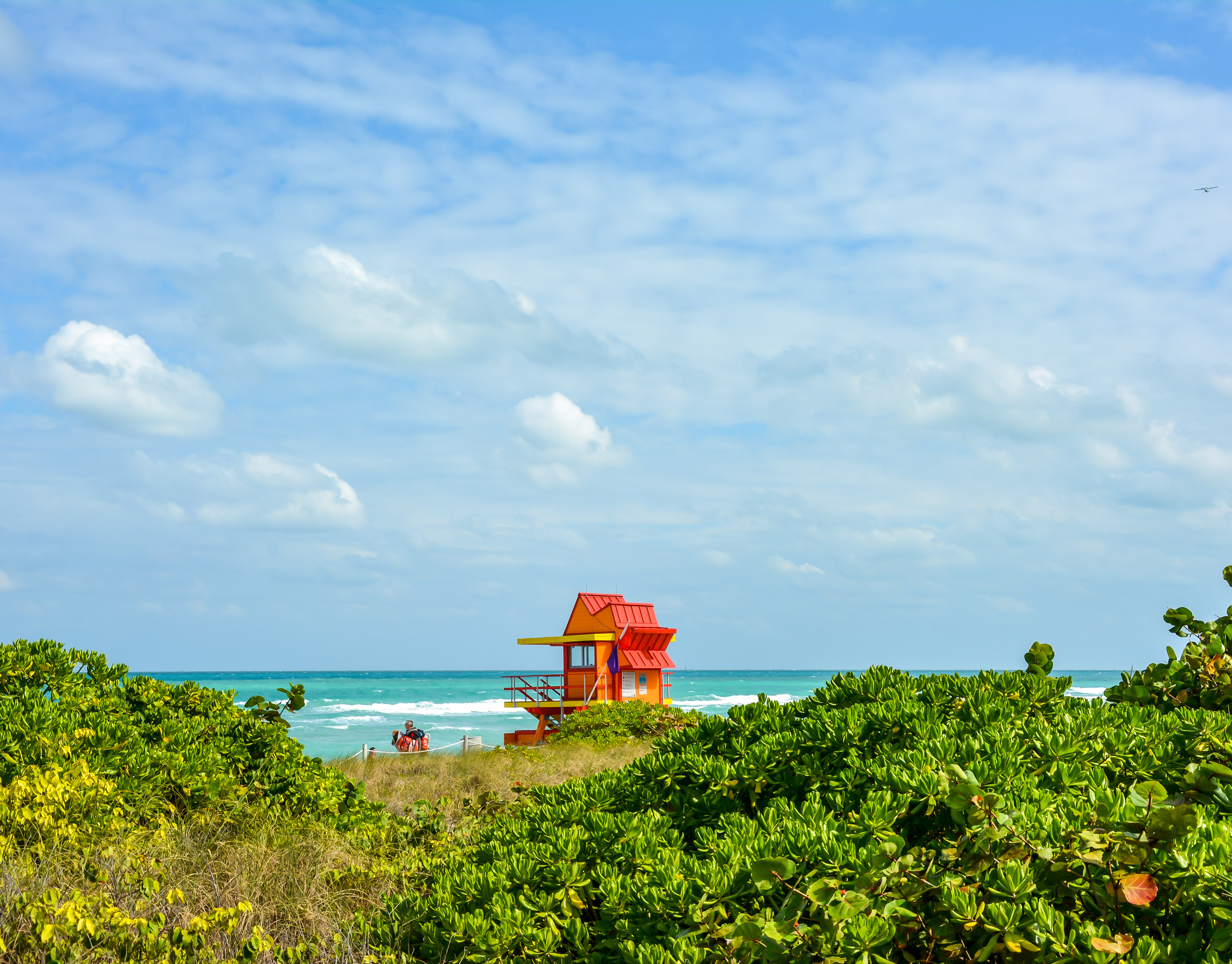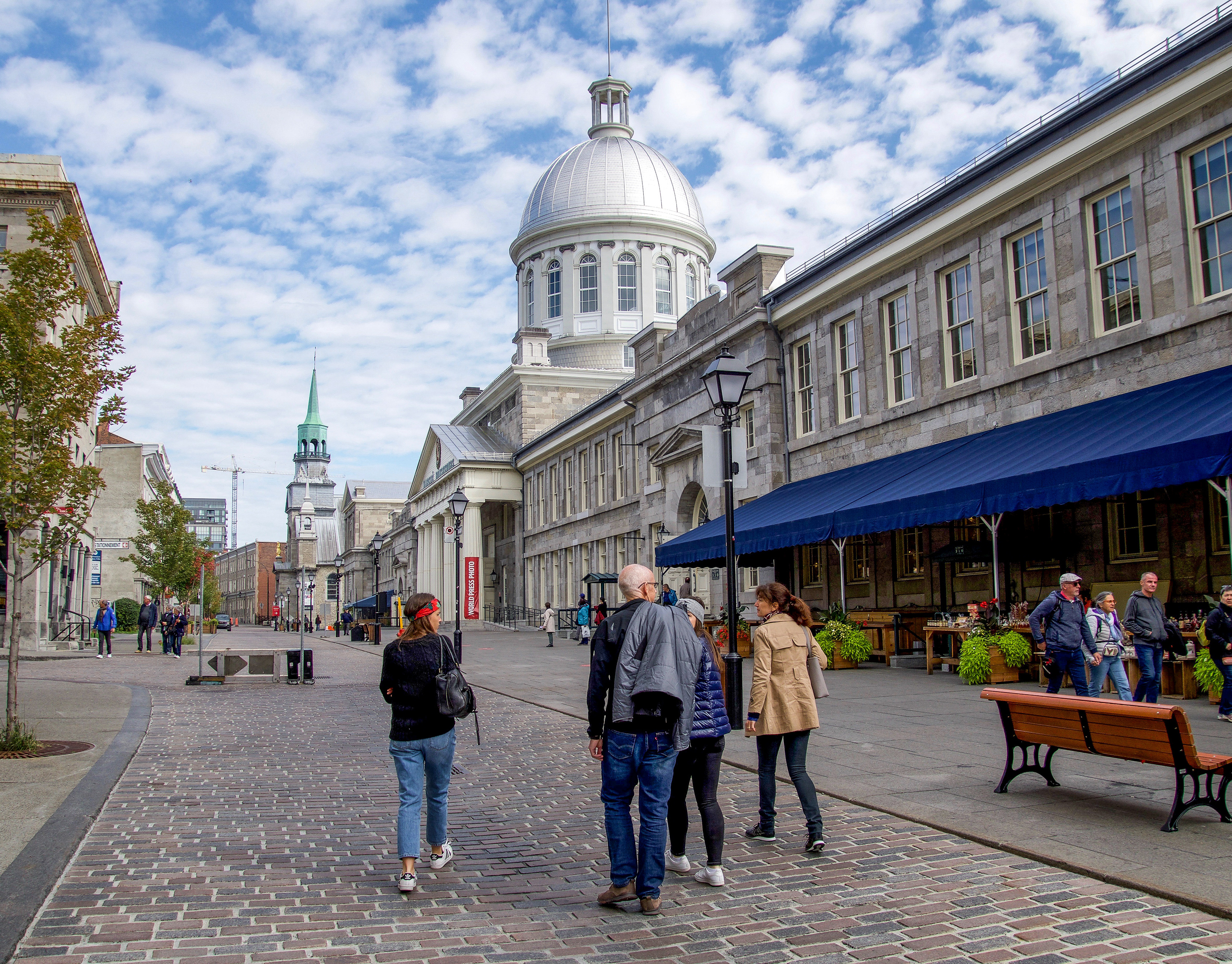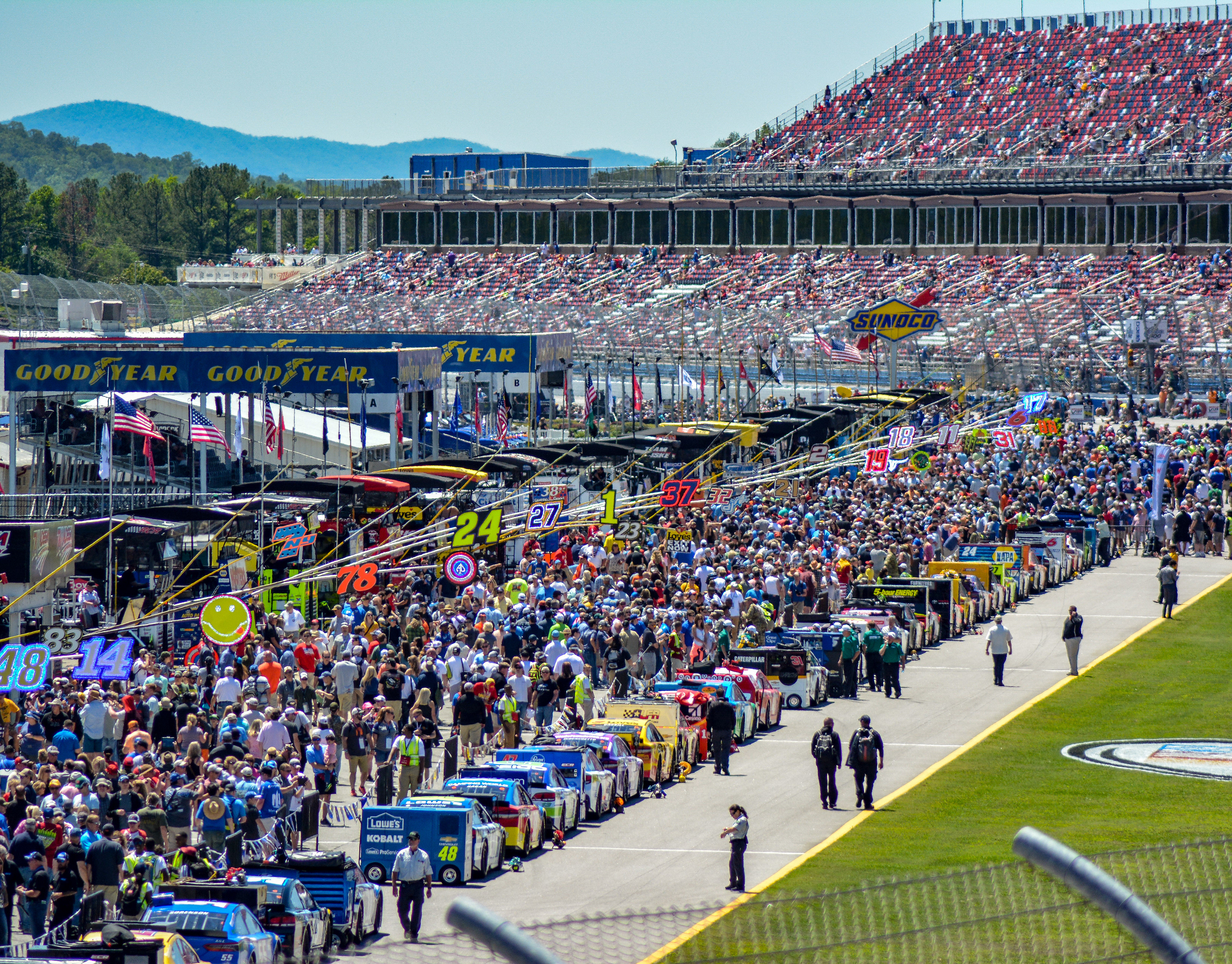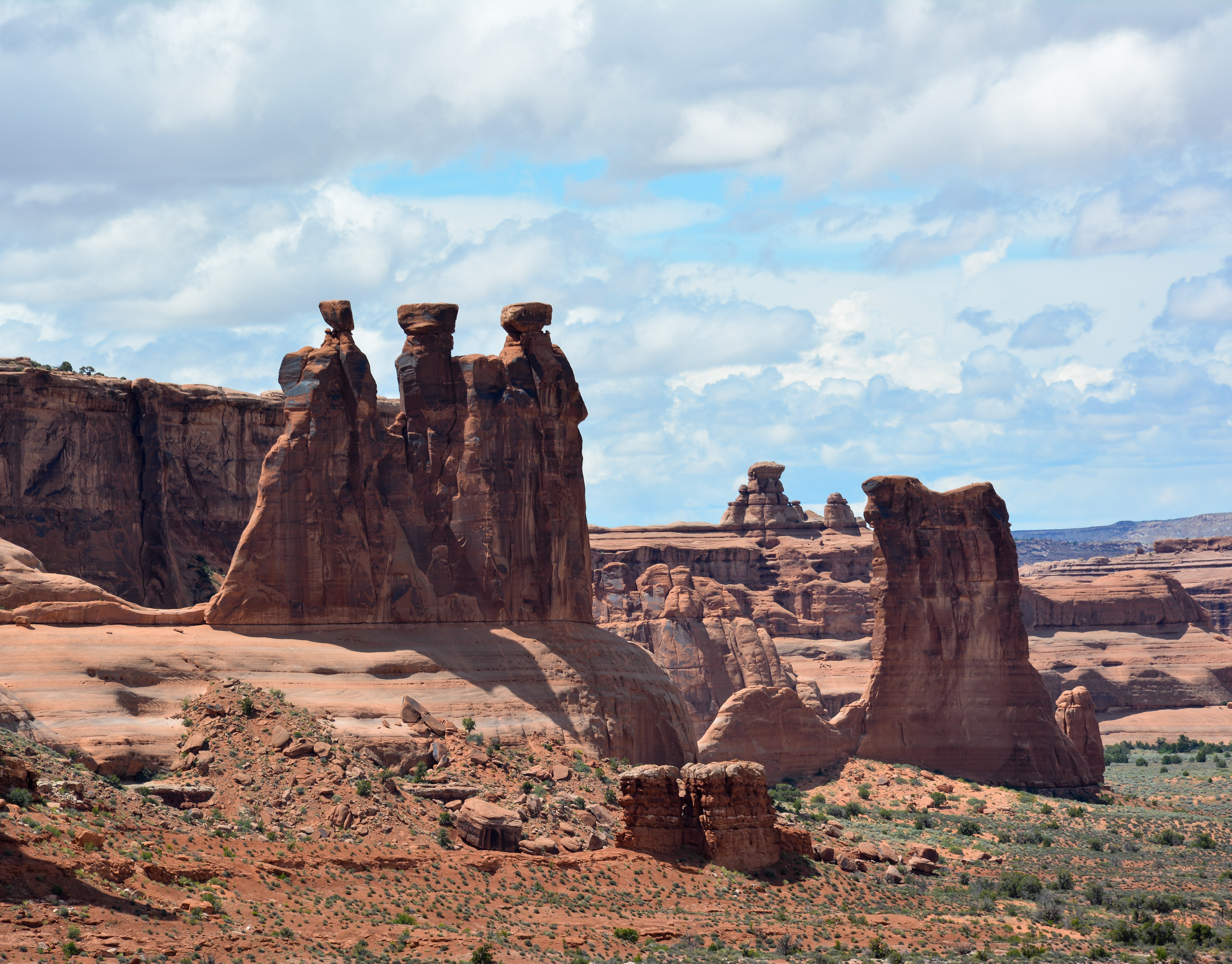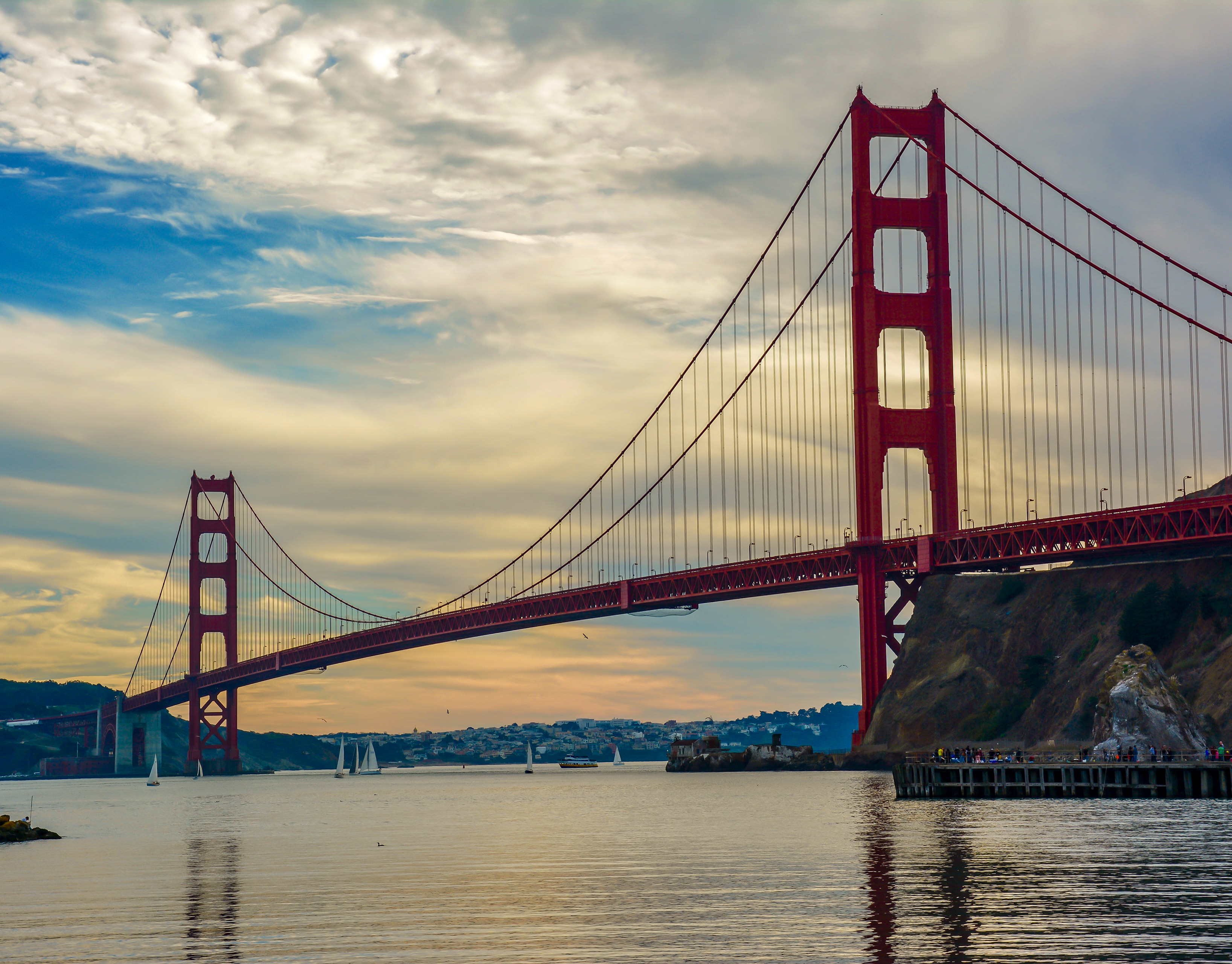Chicago
The original site for Chicago was unremarkable: a small settlement at the mouth of the Chicago River near the southern tip of Lake Michigan. Indeed, a common notion for the origin of the city’s name is an Algonquian word for a wild leek (or onion) plant that grew locally. However, Chicago’s location at the southwestern end of the vast Great Lakes system could not have been more ideal as the country expanded westward in the 19th century, and perhaps this is reflected in another interpretation of the Native American term as meaning “strong” or “great.” Regardless of which derivation is correct, it was soon recognized that the Chicago River formed a critical link in the great waterway that arose mid-century between the Atlantic Ocean and the Mississippi River. With the rise of railways soon thereafter, the young city became the country’s railway hub, which helped diversify the city’s rapidly growing industrial base. Chicago continued as America's crossroads with the explosive growth of air travel after World War II, which eased the city’s transition into a postindustrial economy.

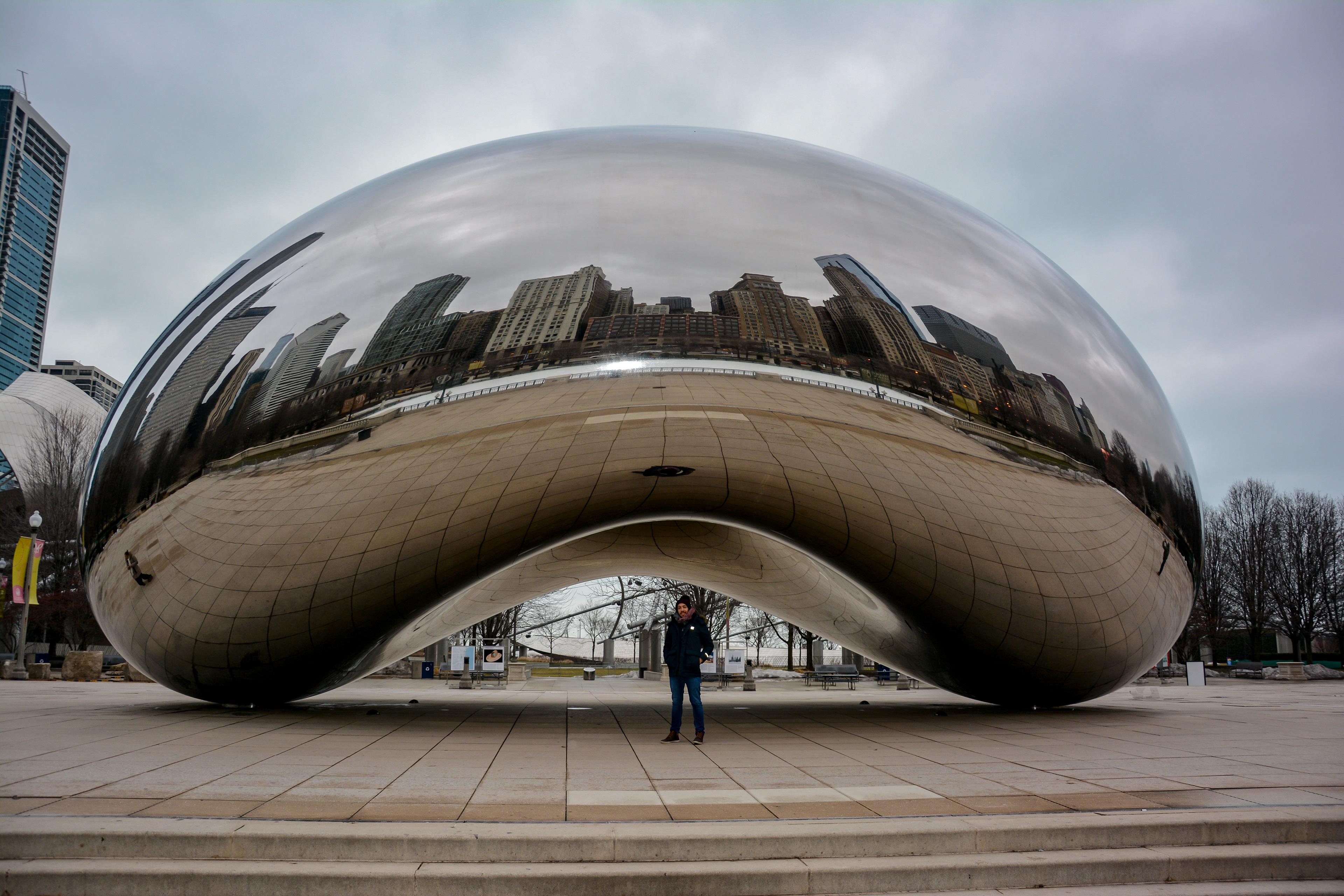
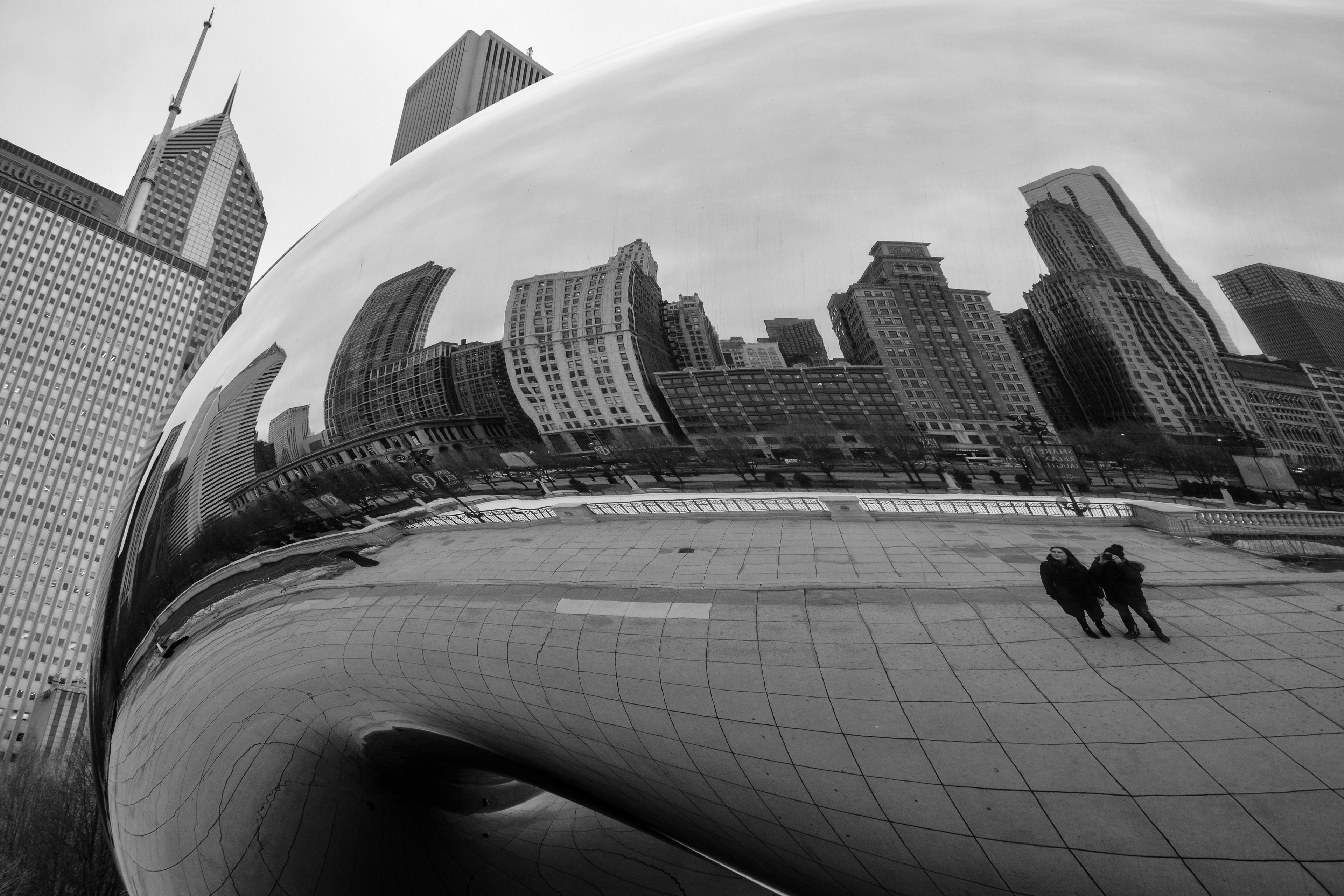


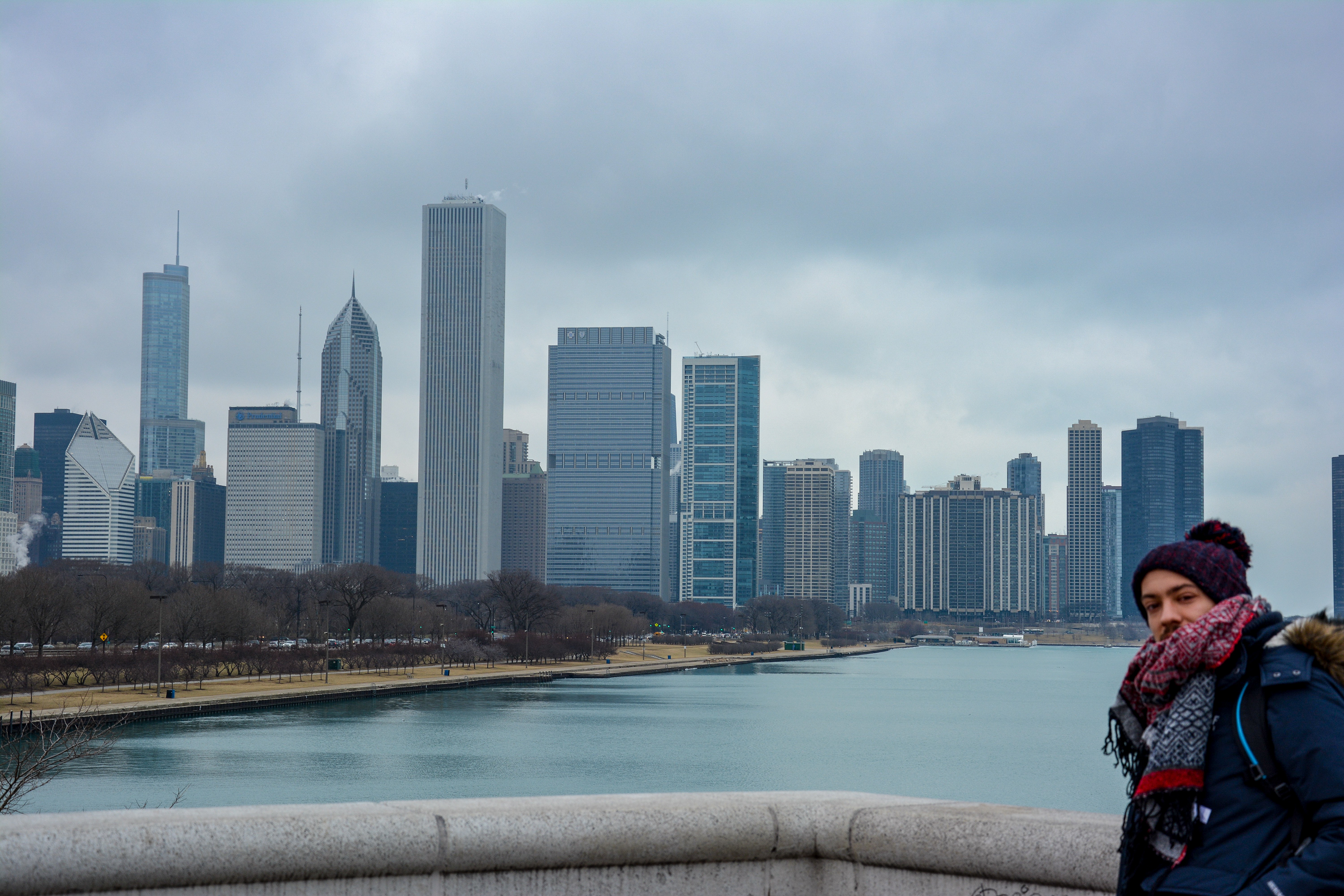
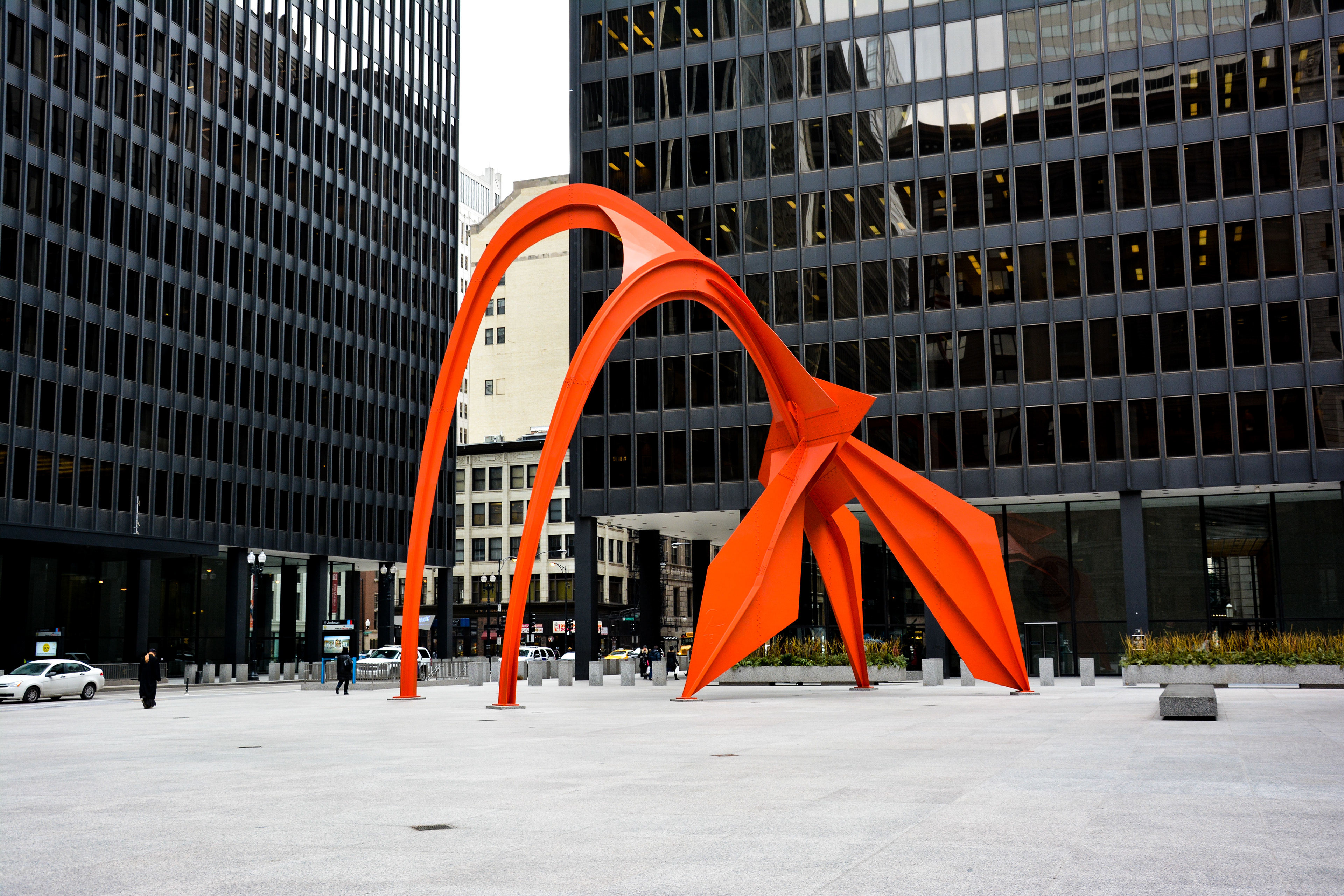

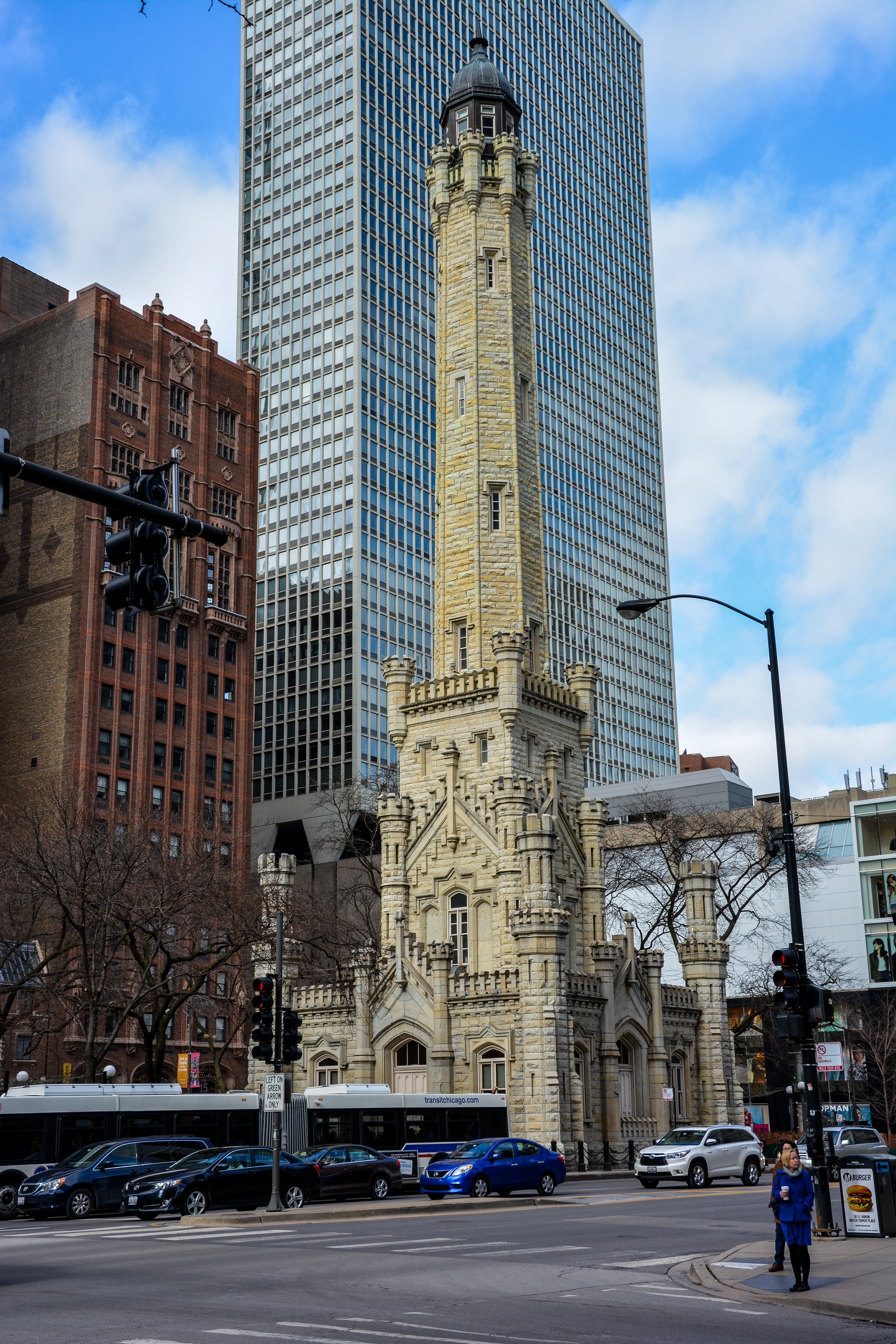


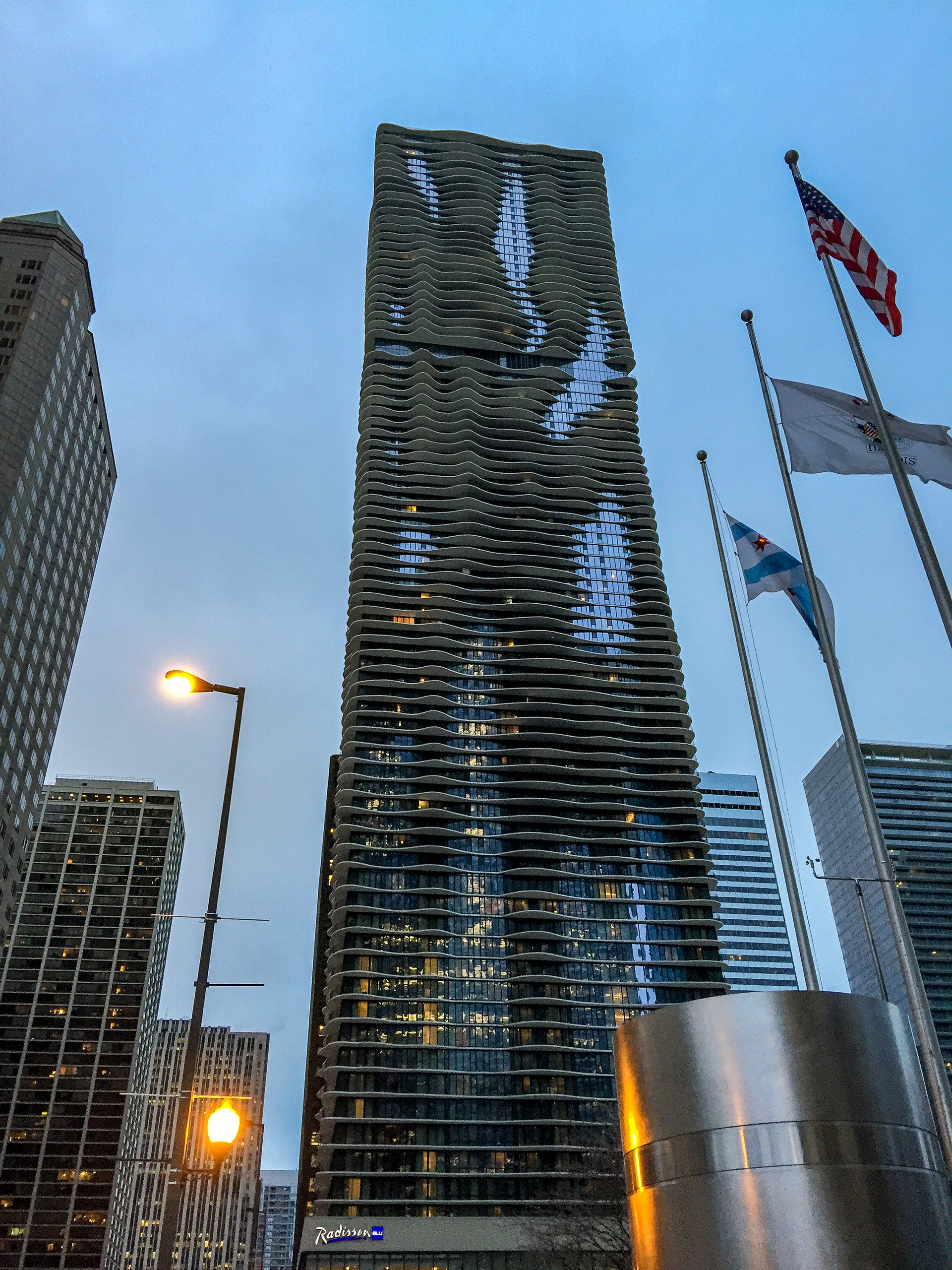


Willis Tower
Chicago's Willis Tower is the city's tallest building. At 1353 feet up, the Ledge's glass boxes extend out 4.3 feet from the skyscraper's Skydeck on the 103rd floor, providing never-before-seen views of the city.
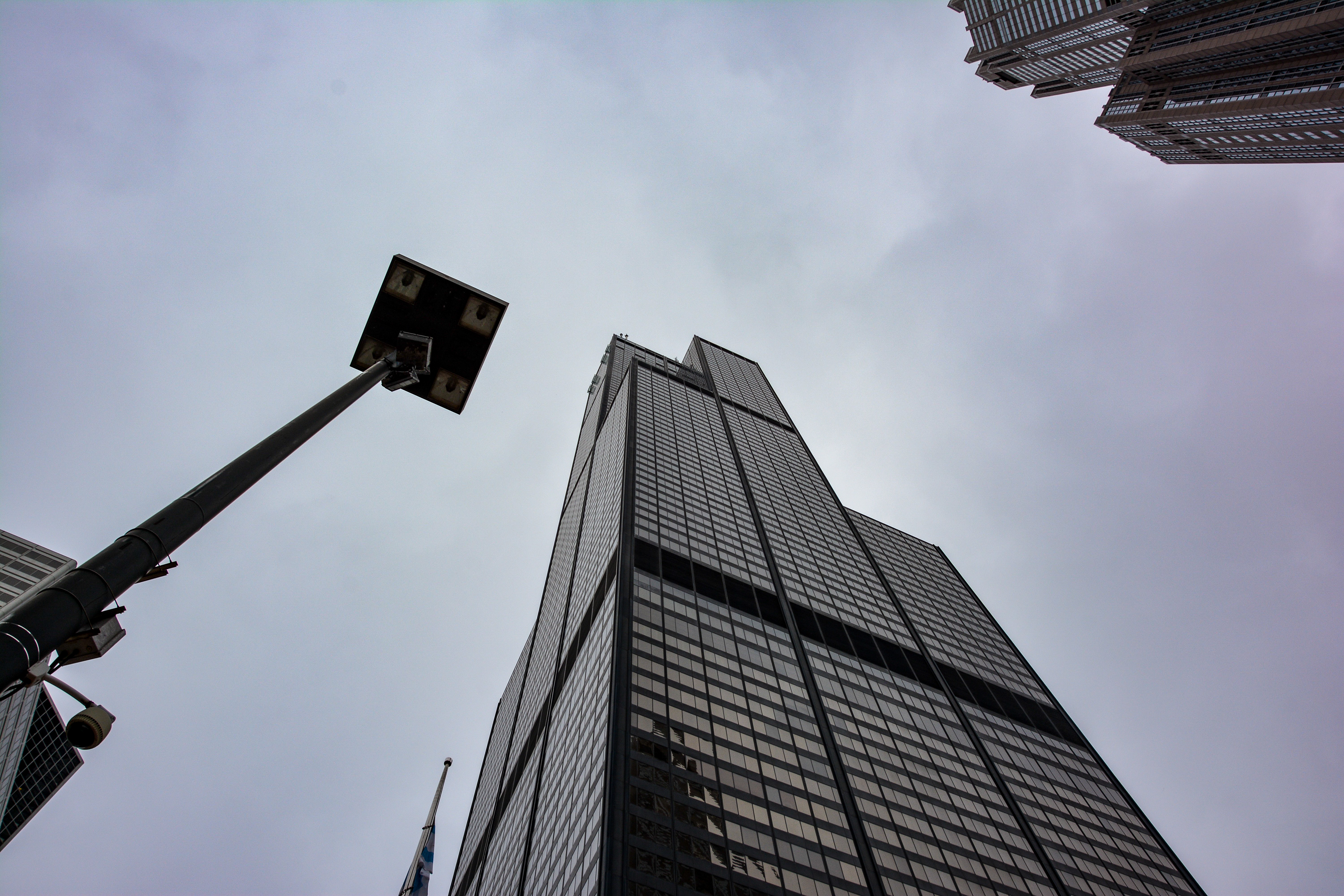
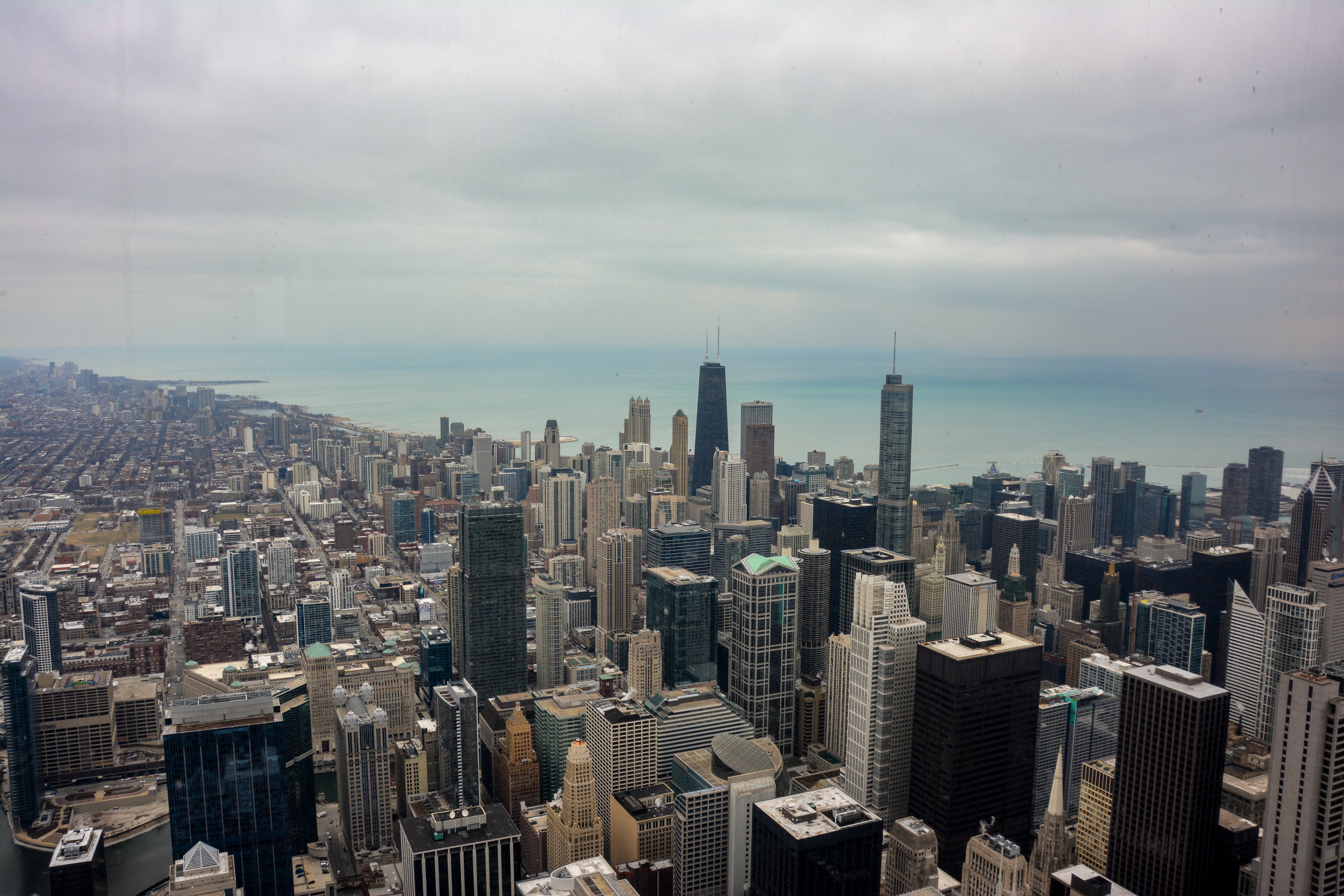





The Field Museum
The Field Museum fuels a journey of discovery across time to enable solutions for a brighter future rich in nature and culture Walk through our doors and connect with science and natural history! Let us fuel your passion for discovery with dinosaurs, ancient artifacts, cultural insights, and groundbreaking science. Get the details you need here to make the most of your day of exploration.

